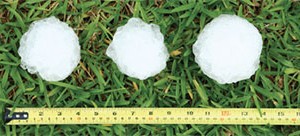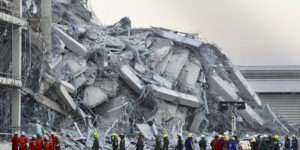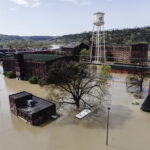Rate increases are likely for North American commercial insurance buyers in 2020, but the trend won’t likely lead to an overall hardening market, according to reports from Willis Towers Watson and Fitch Ratings.
Willis Towers Watson tracked 19 commercial insurance lines that will see price increases. A number will face 20 percent price hikes or higher, including property, umbrella and public company directors and officers, and those lines will also face capacity withdrawals, the firm said.

“We’re seeing the biggest upward price shift in years,” Joe Peiser, global head of Broking for Willis Towers Watson, said in prepared remarks.
Peiser added rate hikes and capacity constrictions should continue through 2020 and even into 2021, but a more orderly market should form by the middle of next year.
“As the market seeks equilibrium, there are reasons for optimism,” Peiser said. “The alternative capital market is showing renewed enthusiasm for reinsurance; the overall industry has more capital than ever; insolvencies are a rarity; InsurTech is working with market participants to improve the client experience; and the laws of supply and demand still apply. This challenging market won’t last forever.”
Of course, there are exceptions. For two lines – international casualty and surety – Willis Towers Watson said there will be price decreases. Another six – fiduciary, environmental, marine, political risk, kidnap and ransom, and terrorism – will see increases, decreases or flat renewals.
Particular areas seeing market worsening include commercial liability, where Willis Towers Watson said “deteriorating loss trends…continue to negatively impact underwriting profitability.” Workers compensation is one exception in this area, remaining a stable line, according to WTW’s projections.
Auto liability provides another point of concern, because the line is still unprofitable for both personal and commercial insurers as losses climb due to economic growth, with more inexperienced workers coming to fields such as trucking, bringing with them a higher rate of accidents. Strong economic conditions are also causing more vehicle traffic and accidents, due in part to distracted driving, the report noted.
Higher Prices, No Hard Market
Prices may be hardening in the commercial P/C market, but Fitch Ratings doesn’t expect the trend to lead to a hard market.
“Competitive forces and less favorable claim trends in some key segments make it unlikely that recent rising premium rate trends will translate into hard markets with sustainable adequate capital returns,” Fitch said in its report.
Fitch noted the last truly hard market in the U.S. ran from 2003 to 2007, a time where market conditions were “consistent with returns on capital above required rates.”
Hard markets don’t happen very much, Fitch added, “as underwriting success attracts competition that leads to an erosion of favorable pricing conditions.”
Fitch said the current U.S. P/C market will lead to “considerable profit challenges” ahead. The firm noted the industry statutory combined ratio was 99 in 2018 after a 104 catastrophe loss-driven ratio the year before.
With that in mind, markets have hardened their prices over the last year, particularly in property and automobile lines and most recently in liability segments. That means there will be a slightly larger underwriting gain in 2019, according to Fitch, thanks to the pricing momentum. But Fitch added it is unclear whether this cycle could move the industry to combined ratios in the mid- to low-90 range or produce double-digit returns on surplus.
“These doubts relate to the continued highly competitive nature of the business, in which profitable experience in any segment can quickly attract other underwriters and promote pricing pressure,” Fitch noted.
Fitch agreed that commercial lines premium rate improvement will continue through 2020, but suggested the potential for more major profit improvement could be hampered by “higher loss severity and reserve weakness in several liability lines tied to rising litigation and tort-related costs.”
Sources: Willis Towers Watson, Fitch Ratings




















 Flood Cleanup Continues at Kentucky Distillery
Flood Cleanup Continues at Kentucky Distillery  Better Results Ahead? Technology Improvements in Commercial Fleets
Better Results Ahead? Technology Improvements in Commercial Fleets  Today’s Commercial Property Market in ‘Better Place’: Brokers
Today’s Commercial Property Market in ‘Better Place’: Brokers  Insurers Need End-to-End Strategy to See Double the ROI in AI Implementation
Insurers Need End-to-End Strategy to See Double the ROI in AI Implementation 





